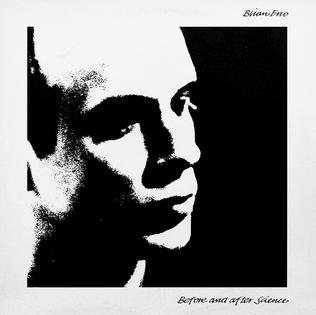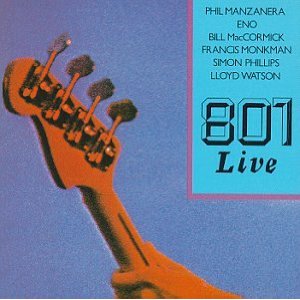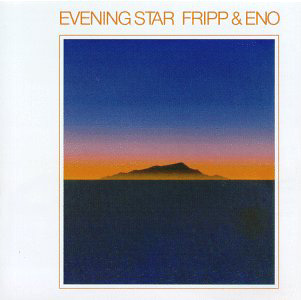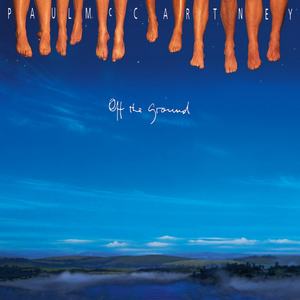 For a band with as high a profile as the Rolling Stones, it seems odd that Between The Buttons would be such an overlooked album. It doesn’t feature in most pantheons of classic Stones albums, and isn’t considered “notorious”. But those who don’t know about it are missing out on something special.
For a band with as high a profile as the Rolling Stones, it seems odd that Between The Buttons would be such an overlooked album. It doesn’t feature in most pantheons of classic Stones albums, and isn’t considered “notorious”. But those who don’t know about it are missing out on something special.Between The Buttons appeared in early 1967, in that wacky period before Sgt. Pepper decided everything had to be psychedelic. It follows on the promise of Aftermath, by including lots of unusual instruments—like recorders, Hammond organ and brass bands—on twelve new Jagger/Richards compositions. They’re further than ever from their blues roots, but it seems the band had been listening to such peers as the Kinks, along with lots of Bob Dylan. To confuse matters, the American version shared only the cover with the British edition, with a few juggled tracks and two key substitutions that would resurface soon enough in a typical case of label shenanigans.
Beginning with “Let’s Spend The Night Together” should be reason enough for this album to be popular. These days the lyrics don’t seem that risqué at all, and the piano is infectious. “Yesterday’s Papers” brings back the previous album’s misogyny and vibraphone, then the piano returns for “Ruby Tuesday”, still a wonderfully tender single. “Connection” is an excellent Chuck Berry pastiche, nicely echoed by “Miss Amanda Jones” on side two. “She Smiled Sweetly” is a rare outlet for Keith on the church organ, and the music hall feel of “Cool, Calm & Collected” finishes the side after a kazoo solo and an increasing tempo that threatens to burn onto the label.
The second side keeps it rocking. “All Sold Out” gives Charlie a chance to flail around the kit, while he’s powerfully restrained on “My Obsession”. Both tracks also feature nicely layered harmonies. “Who’s Been Sleeping Here?” is the only song we can think of equally influenced by Blonde On Blonde and Winnie-The-Pooh, its Dylanesque delivery punctuated by non-blues harmonica and a hint of nursery rhyme. “Complicated” is slightly ordinary, redeemed by more updated Chuck Berry-isms in “Miss Amanda Jones”, but both form mere stepping stones to the grand finale. “Something Happened To Me Yesterday” owes an even bigger debt to that recent Dylan album, with the drunken horns and a tuba solo. Keith sings lead for the first time, and just when you think it’s ready to fade, Mick adds a spoken farewell section. A wonderful way to go.
Between The Buttons did okay on the charts, their main competition being the Monkees. If anything, the album sold on the heels of the “Ruby Tuesday”/“Let’s Spend The Night Together” single, which was left off the British version in favor of two other tracks. Both versions are in print on CD today. Which version you should get depends on how many times you already own that single on numerous Stones hits collections.
The Rolling Stones Between The Buttons (1967)—4

















